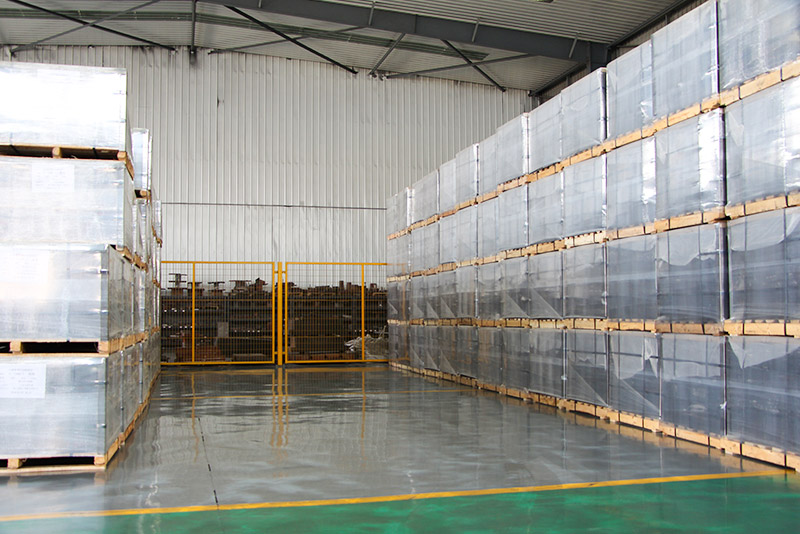Four kinds of magnesia-carbon bricks commonly used refractory raw materials, what are the main roles?
Posted time:2021-12-09 Page view:28577Four kinds of magnesia-carbon bricks commonly used refractory raw materials, what are the main roles?
1, special grade bauxite clinker
The main mineral composition of bauxite raw materials in China is hydrobauxite and kaolinite. The change of the Al2O3/SiO2 ratio corresponds to the relative change of the proportion of the two minerals, hydrobauxite and kaolinite. Bauxite clinker is the product of high temperature calcination, the Al2O3 content of super grade bauxite clinker is more than 88.2%, up to 91.3%. Although the erosion resistance of Al2O3 is strong, the simple Al2O3 expansion coefficient is large, and it is not resistant to spalling. When the simple Al2O3 is used as the matrix, the matrix part is easy to be penetrated and melted by the slag, exposing the aggregate, resulting in structural spalling.

2, high purity magnesia
Magnesite, brucite, seawater magnesia and other raw materials are fully sintered at 1600~1900℃ to obtain magnesia, magnesia is divided into sintered magnesia and seawater magnesia, sintered magnesia is burned by natural ore, seawater magnesia is burned by seawater gasification magnesium. The main component of magnesia is magnesium oxide, also contains a small amount of SiO2, CaO, Fe2O3, B2O3, etc., the color is yellow to brown, the main crystal phase is cubic magnesite, the grain size is 0.02~0.05mm, the density is 3.50~3.65g/cm3. It has good resistance to alkaline slag erosion.
3, fused magnesia
Magnesite or sintered magnesia is fused in an arc furnace at a high temperature of 2500℃ and then crushed after cooling. The fused magnesia obtained is also called fused magnesia. The purity of fused magnesia is determined according to the purity of raw materials. In the atmosphere, water resistance and slag resistance are very good, high temperature volume and chemical stability is good, can maintain stability in the oxidation atmosphere of 2300℃, the performance indicators of magnesia carbon brick are directly related to the performance indicators of magnesia carbon brick, in order to improve the performance of magnesia carbon brick, it is necessary to increase the MgO content, so that the direct combination of magnesia in the degree of enhancement. Controlling C/S can reduce the amount of silicates and the degree of division of magnesite by silicate phase. Therefore, magnesium content and calcium-silicon ratio are important indicators to measure magnesia.
4. Graphite
Graphite has excellent thermal conductivity and fire resistance, melting point as high as 3500℃, low thermal expansion rate of graphite (1.4×10-6 at 1000℃), high thermal conductivity, good resistance to acute cooling and acute heat, is one of the few materials whose strength increases with the increase of temperature. The infiltration Angle of graphite on slag is also quite large, and there is no eutectic relationship with Al2O3, SiC, SiO2, which can prevent the slag from penetrating into the product. Because carbon can reduce the iron oxide in the slag to metal iron, the viscosity of the slag is improved, and the migration of the slag components to the brick is reduced to achieve the effect of reducing erosion.
With the increase of SiO2 content, the erosion index continues to increase, and the erosion resistance continues to decline. When the SiO2 content in graphite is greater than 3%, the erosion index of magnesium-carbon brick increases sharply, and its erosion resistance decreases sharply. With the increase of graphite flake size of magnesia-carbon brick. Its antioxidant capacity is enhanced, when the particle size of the flake graphite exceeds 0.125mm, the antioxidant growth is slow, and the suitable graphite particle size is 0.125mm. Because graphite is easy to oxidize to produce CO, the oxidized graphite loses these excellent properties, making the erosion resistance of refractory materials reduced, which is the fatal weakness of graphite, but also an important reason for the damage of carbon-containing materials.
